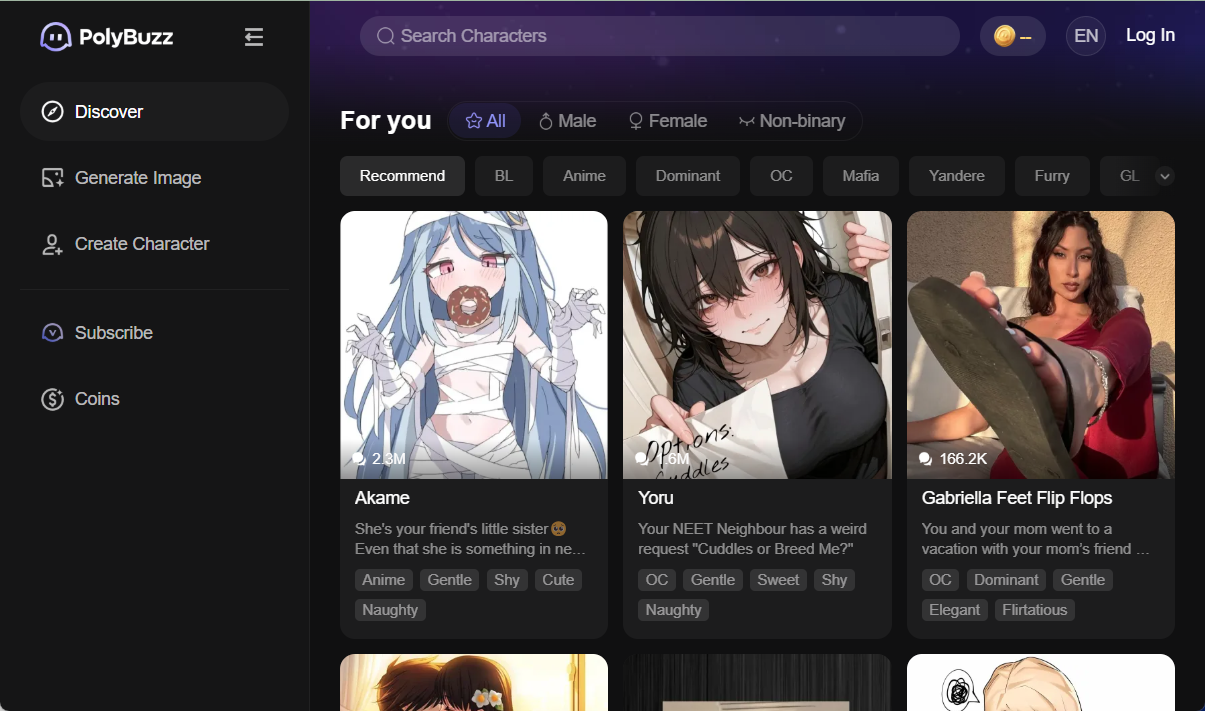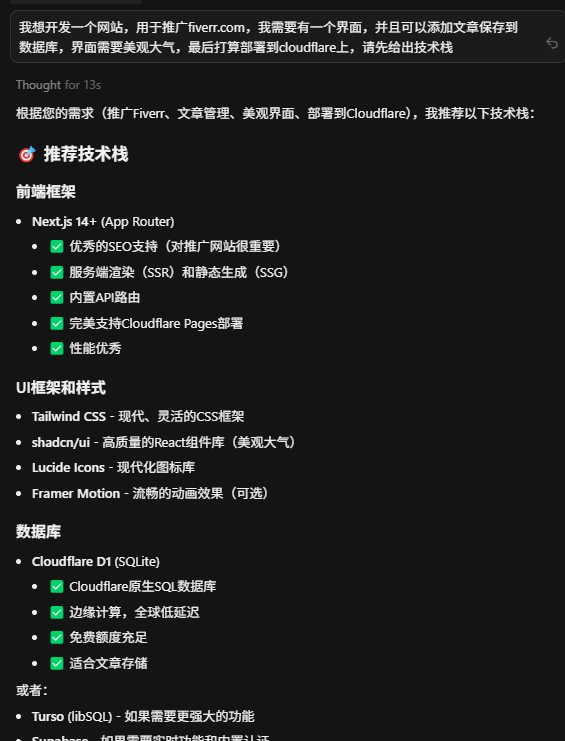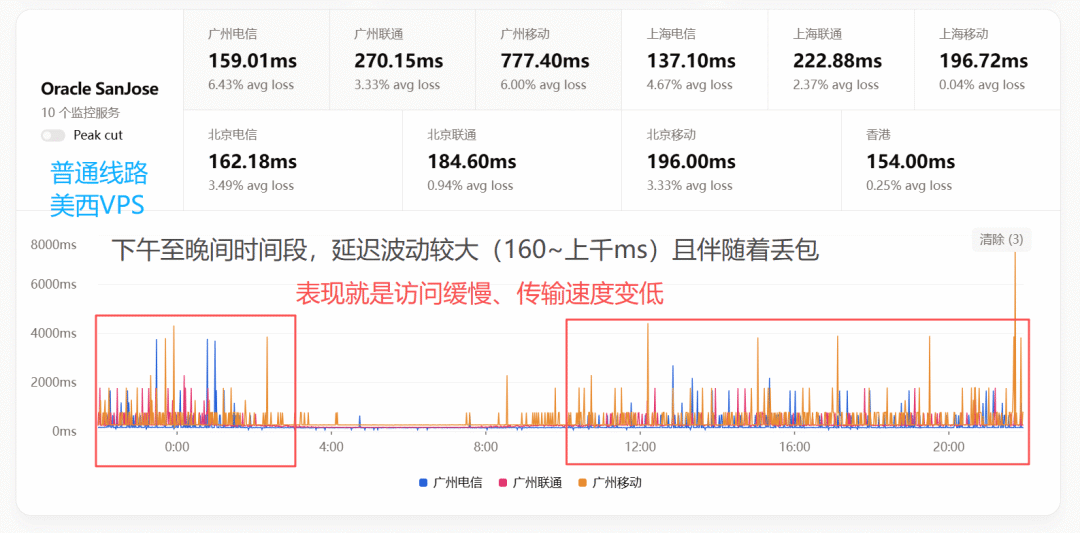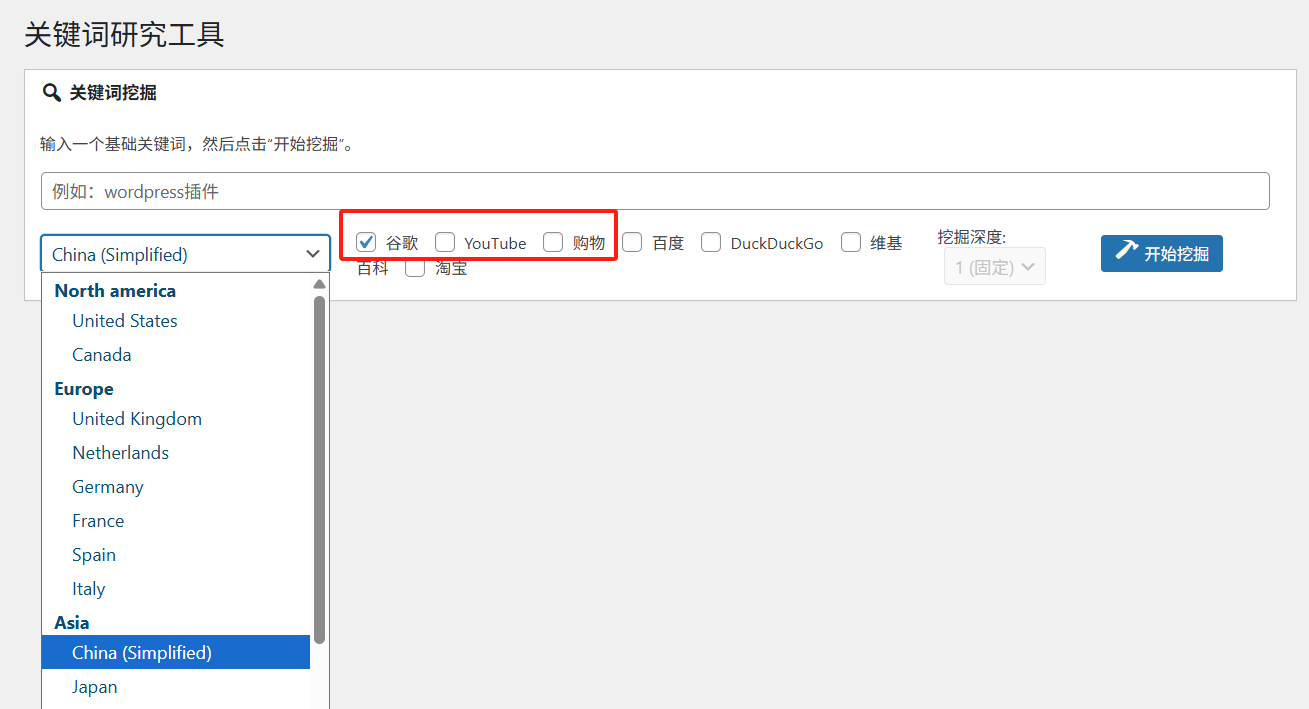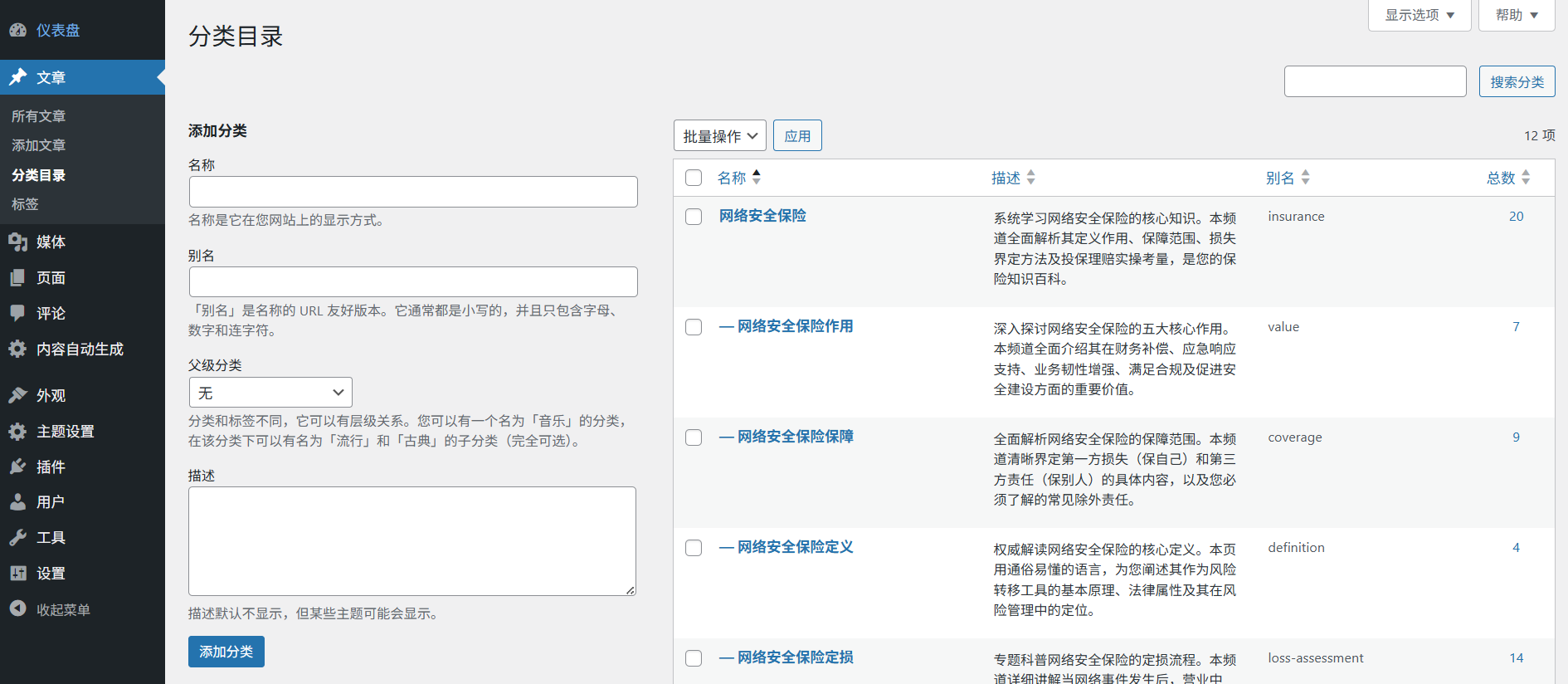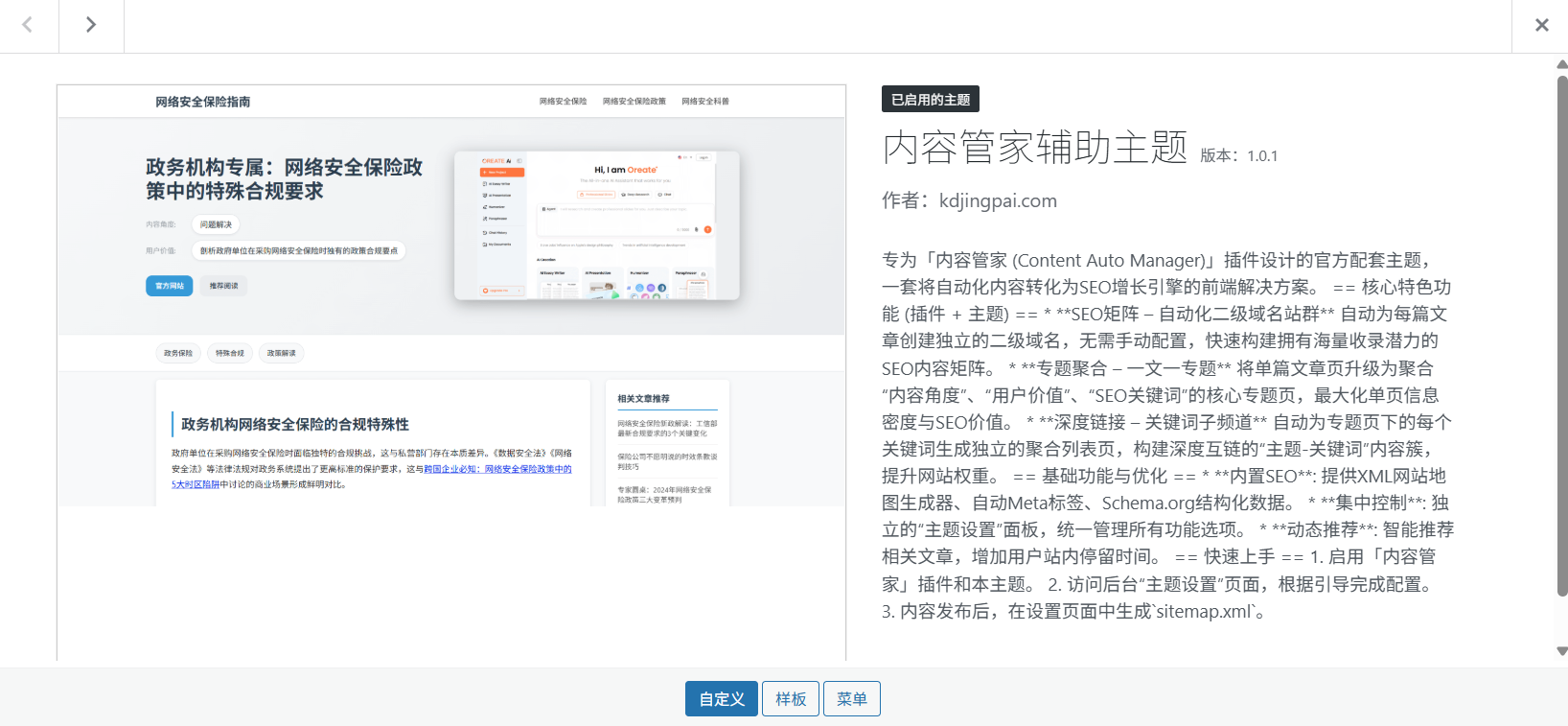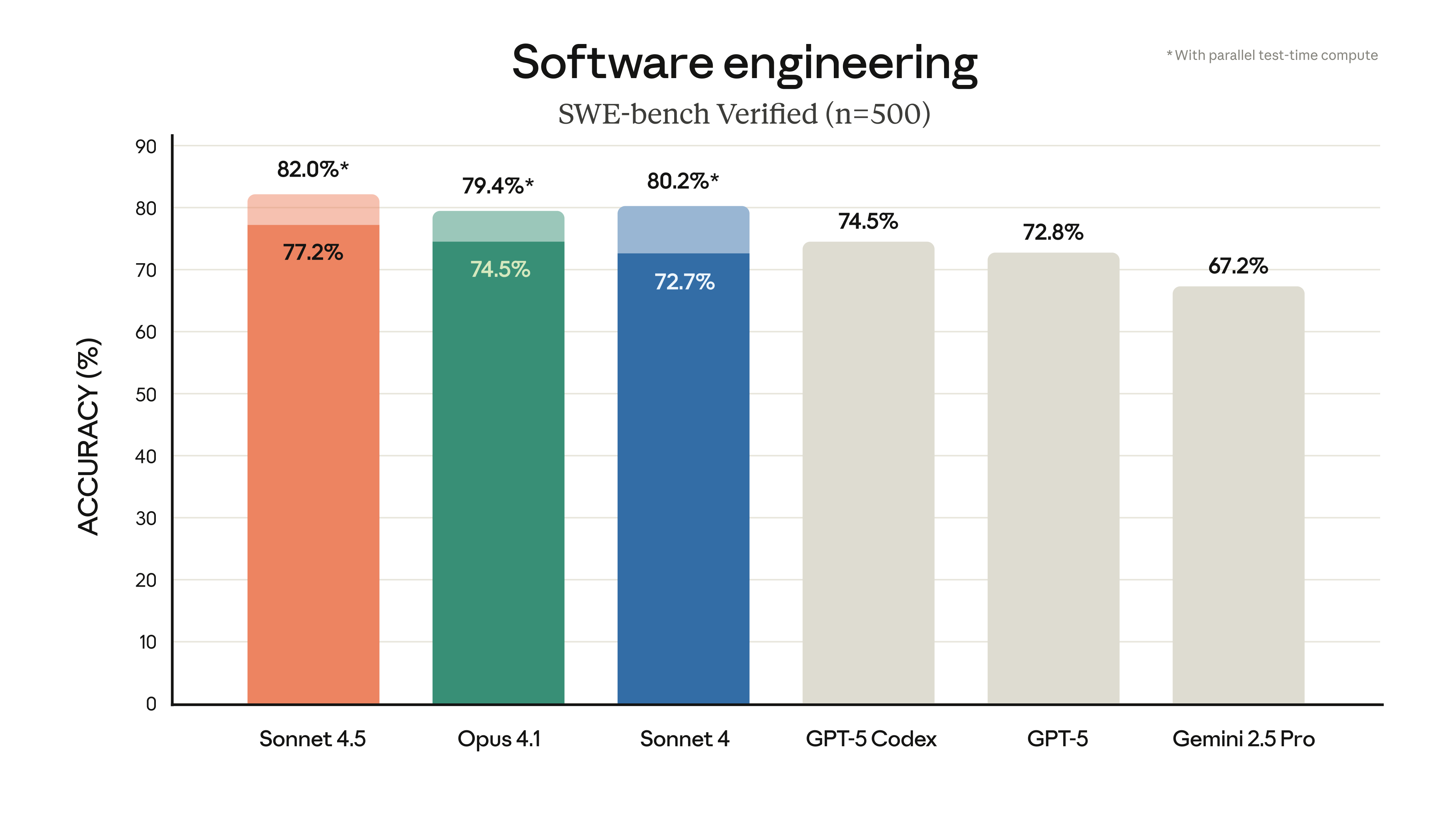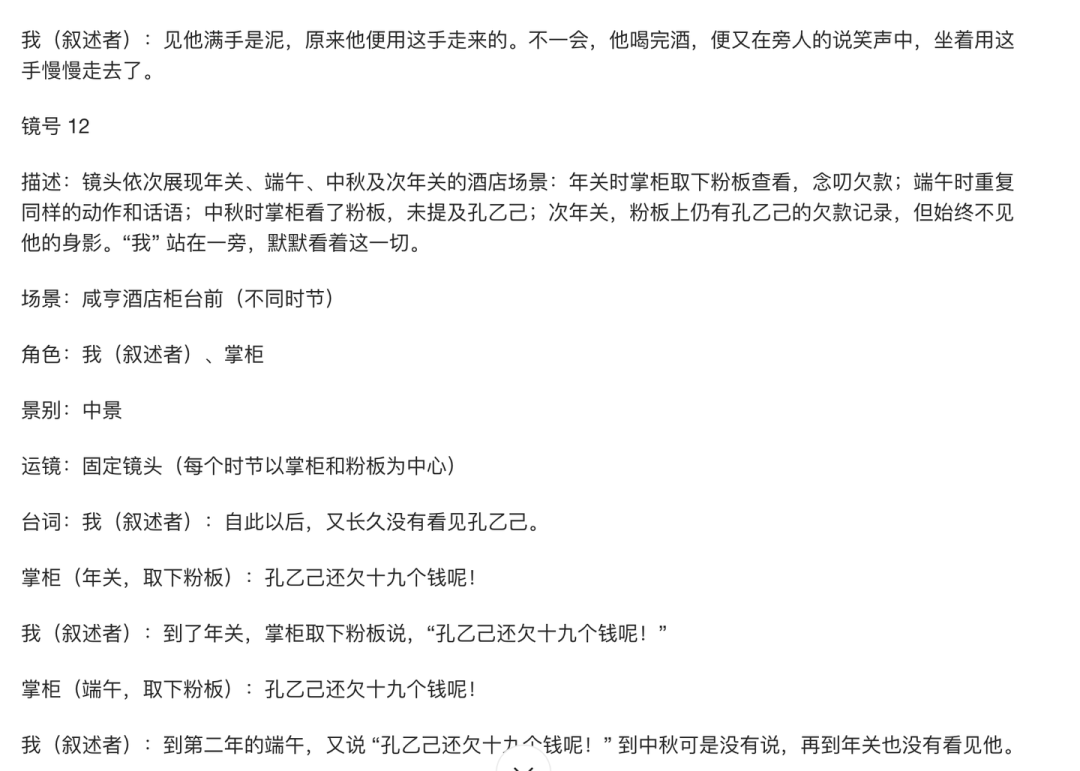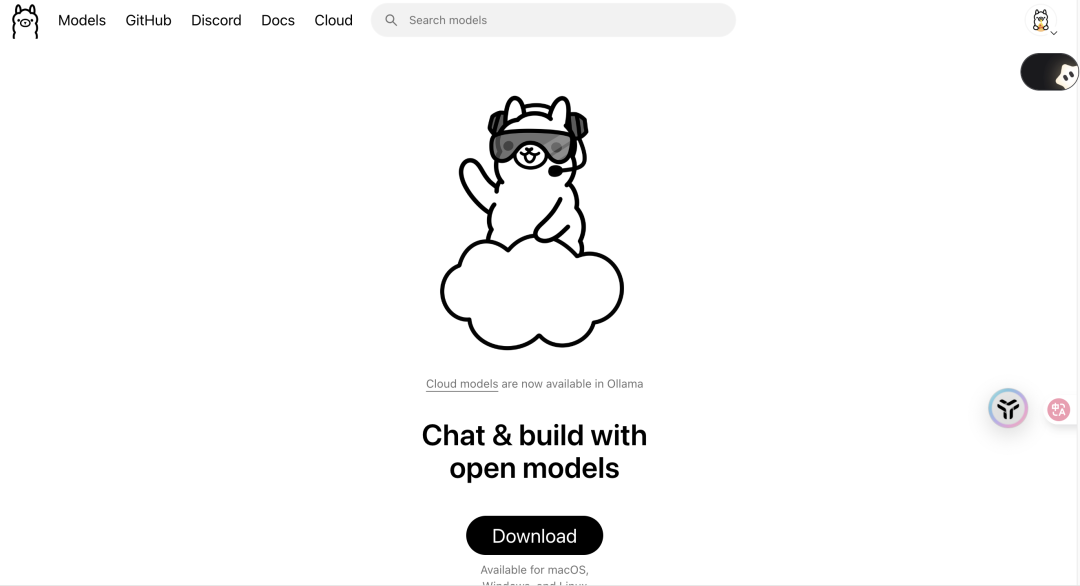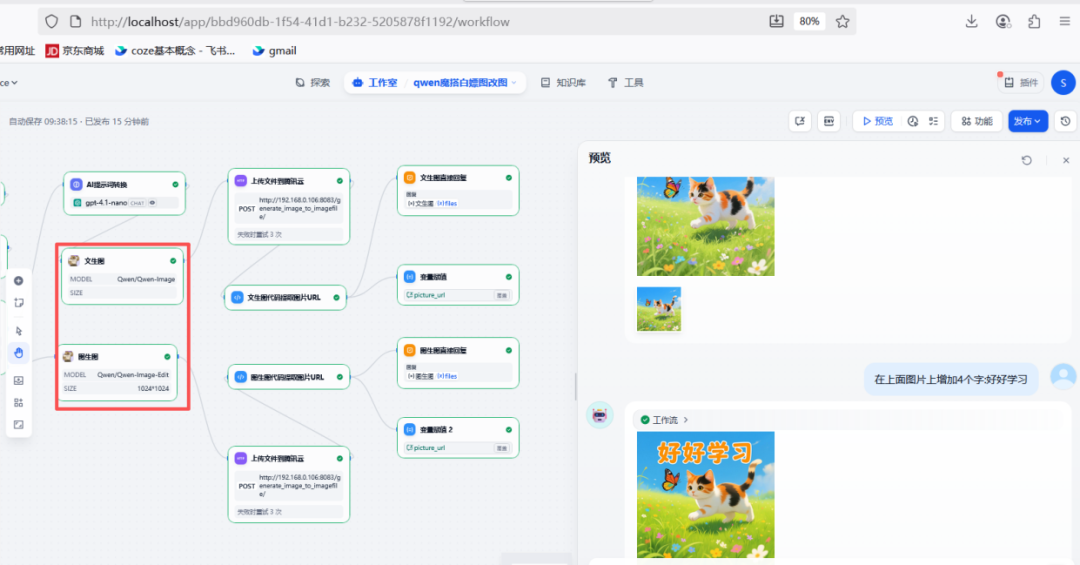DocsBot AI is a platform that leverages artificial intelligence technology, specifically based on GPT-4 models, to help users quickly create customized chatbots from existing documents and content. It automates tasks such as customer support, internal knowledge management and content generation. With no programming skills required, users can upload documents, website content, or cloud-stored data through a simple interface to train AI bots that provide instant, accurate answers. The platform supports a wide range of file formats and integrations for organizations of all sizes.DocsBot AI's core strength is in transforming complex documents into interactive Q&A tools, reducing manual support costs and improving user experience and team efficiency.
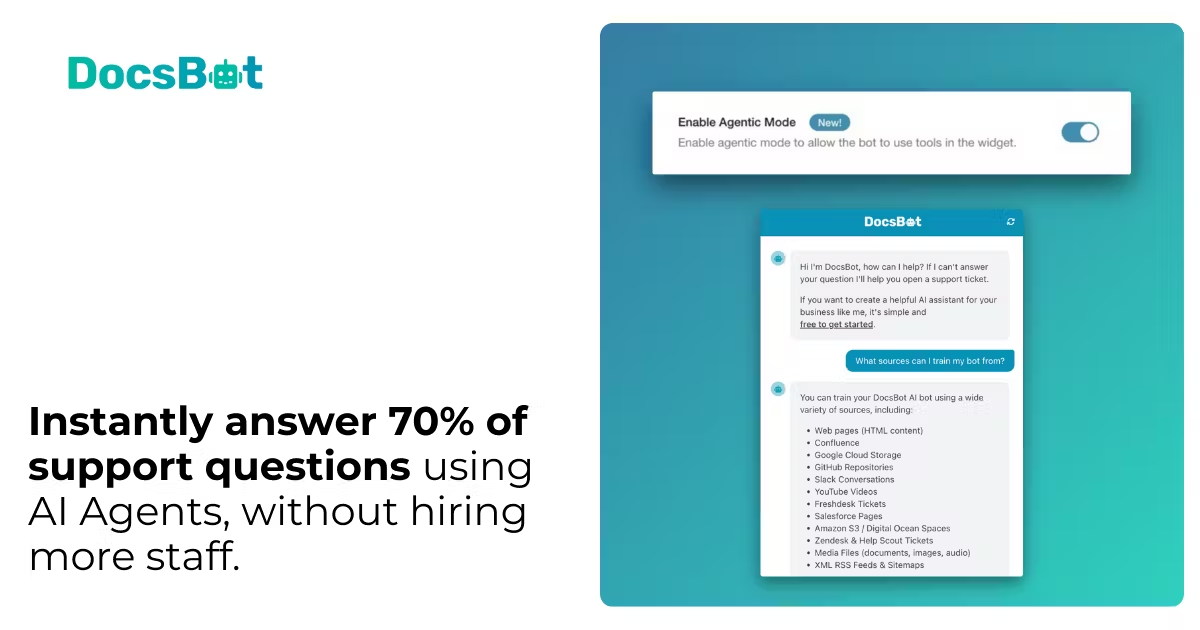
Function List
- Documentation training: Supports importing content from multiple sources (e.g., websites, PDFs, Word, YouTube videos) to automatically index and train AI bots.
- Instant Question and Answer Robot: Transform documents into interactive chatbots that can answer user questions in real time.
- Website Integration: Provides customizable chat widgets, embedded in websites, WordPress or other platforms.
- Content generation: Generate marketing copy, blog posts or support responses based on training data.
- Internal knowledge management: Create internal knowledge bots that allow employees to quickly access company databases.
- API Integration: Connect with platforms like Slack, Zendesk, Zapier, and more via APIs to automate workflows.
- analysis tool: Provide conversation logging and analytics to optimize bot performance.
- Multi-language support: Handle multilingual content and break down language barriers.
Using Help
Installation and Setup
DocsBot AI does not require a complicated installation, users simply visit the https://docsbot.ai/ and register for an account. After registering, follow the steps below to create and use a chatbot:
- Creating Robots::
- Log in to your DocsBot AI account and click the "Create a Bot" button.
- Enter the bot name, select the language and privacy settings (public or private).
- Select the AI model (e.g., GPT-4o) and confirm whether advanced analytics are required (depending on the subscription plan).
- Imported content::
- On the Sources screen, select how to import content. More than 37 sources are supported, including:
- node: Enter a website URL and DocsBot automatically crawls and indexes the content.
- file: Upload files in PDF, TXT, DOC, CSV and other formats.
- cloud storage: Connect to Google Drive, Dropbox, or OneDrive to import files.
- YouTube: Enter the video URL and extract subtitles or content as training data.
- The system automatically processes and indexes the content, usually within minutes.
- On the Sources screen, select how to import content. More than 37 sources are supported, including:
- Training and Testing::
- After uploading the content, go to the "Train" page and adjust the training parameters, such as the tone of voice or specific commands.
- Enter a question in the test screen to check the accuracy of the robot's answer. If there are deviations, manually adjust the training data or add custom commands.
- Use Analytics to view conversation logs and identify content that needs to be optimized.
- Integration and Deployment::
- Website Embedding: Generate embedded code (JavaScript snippets) on the "Widgets" page to be copied into website HTML or WordPress plugins. Support for custom colors and styles to match your brand image.
- API Integration::
- Get the API key (located in Account Settings).
- Using the API documentation (
https://docsbot.ai/api) Configure connections to Slack, Zendesk, or other platforms. - Example: Connect DocsBot with Google Sheets via Zapier to automatically record user questions.
- External platforms: Integration with Microsoft Teams, Help Scout, etc. is supported, please refer to the official documentation for detailed settings.
- Updates and Maintenance::
- When the document content is updated, re-uploading the file or updating the URL triggers the robot to retrain.
- Automate the update process using the API (development skills required or contact the DocsBot support team).
Featured Function Operation
- Instant Question and Answer Robot: After a user uploads a document, the bot can immediately answer questions based on the document. For example, after uploading a product manual, a customer can ask "how to install the device" and the bot will extract the exact answer from the manual.
- Content generationIn the "Content Generation" module, enter keywords or topics, and the robot generates blog posts or marketing copy based on the training data. For example, if you enter "new product introduction", a 500-word promotional copy can be generated.
- Analysis and Optimization: On the Analytics page, see the top questions asked by users and the accuracy of the bot's answers. Adjust training content based on the data to optimize bot performance.
caveat
- The free plan supports 1 robot and 50 pages of content and is suitable for personal testing. For production environments it is recommended to choose a paid plan (e.g. Hobby plan, $16/month, supports 1000 pages).
- Ensure that the uploaded documents are clear, avoid ambiguity, and ensure that the bot answers are accurate.
- The OpenAI API fee is calculated separately, and you need to set up a payment method on the OpenAI platform.
application scenario
- Customer Support Automation
- Organizations upload Frequently Asked Questions (FAQs) or product documentation to DocsBot, and the bot can answer customer inquiries 24/7, reducing manual support efforts. For example, Sony utilized DocsBot to handle 30,000 customer inquiries with a resolution rate of 80%.
- Internal knowledge management
- DocsBot provides employees with quick access to internal policies, technical documents or training materials. For example, technical teams can ask for "the latest server configuration process" and the bot returns the exact steps directly.
- content creation
- Marketing teams use DocsBot to turn YouTube videos or blog content into social media posts or article drafts, increasing content reuse efficiency.
- Education and training
- Online course creators import tutorial documents into DocsBot, and students can use the bot to ask course-related questions and get instant answers.
QA
- What file formats does DocsBot AI support?
Supports TXT, PDF, DOC, PPT, EML, HTML and other formats, and can also directly import website content or YouTube video subtitles. - How do I make sure the bot answers accurately?
Upload high-quality, well-structured documentation and check responses during the testing phase, adjusting training data or adding custom instructions as necessary. - Is the free plan enough?
The free plan is suitable for personal testing and supports 1 bot and 50 pages of content. Business users are recommended to choose the paid plan to support more content and features. - How do I integrate DocsBot into my website?
Generate the embed code on the "Widgets" page, copy it to the HTML of your website or use the WordPress plugin, set the style and run it.










